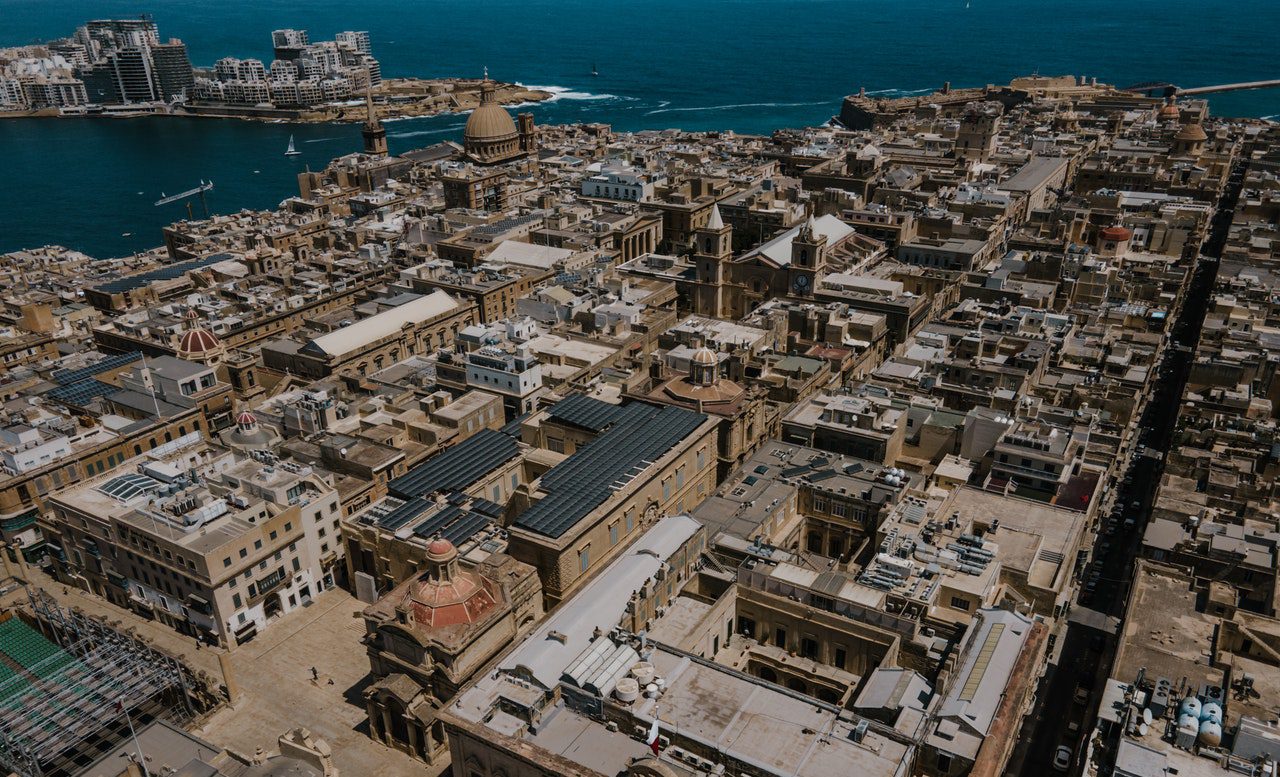The Central Bank of Malta (CBM) has revised forecasts of Malta GDP growth in 2022 and 2023 downwards in response to the global economic fallout from Russia’s invasion of Ukraine and the lingering effects of COVID-19 in Asia
Malta gross domestic product (GDP) is now expected to grow by 5.4 per cent in 2022, 4.9 per cent in 2023 and 3.8 per cent per cent in 2024. Compared to the bank’s previous projections, this represents a downward revision of 0.6 percentage point in 2022 and 0.4 percentage point in 2023.
The downward revision reflects the deterioration in the international economic environment due to the Russian invasion of Ukraine and the lockdown measures in Asia. These headwinds, the Central Bank said, have weakened global trade and have exacerbated supply chain disruptions and shortages of key vital inputs, leading to increases in the prices of imports.
Net exports are expected to be the main driver of growth in 2022, reflecting the correction in import-intensive investment outlays from the exceptional levels reached in 2021.
The bank expected the contribution of domestic demand to be positive, but significantly lower compared to that of the previous year. In the following years, domestic demand is expected to lead the expansion in economic activity, reflecting especially a foreseen strong contribution from private consumption.
At the same time, the contribution of net exports is projected to remain positive, reflecting the gradual normalisation of tourism exports and growth in foreign demand more generally.
Employment growth in 2022 is expected to reach 2.9 per cent from 1.6 per cent in 2021. It is set to moderate to just below 2 per cent by 2024. Meanwhile, the unemployment rate is projected to decline to 3.3 per cent this year, from 3.5 per cent last year, and it is expected to hover within this range over the coming years.
In view of the expected increase in inflation this year, the CBM projects wage growth to be relatively strong, as employees might demand some partial compensation for the increase in prices. Nevertheless, nominal wage growth is projected to remain below that of inflation due to some lag in the transmission from prices to wages. In the following years, wage pressures are expected to moderate as the labour market becomes less tight.
Annual inflation based on the Harmonised Index of Consumer Prices is projected to accelerate to five per cent in 2022, from 0.7 per cent in 2021. The sharp pick-up in inflation reflects a broad-based increase across all sub-components of HICP except for energy inflation.
Import price pressures are expected to moderate somewhat by the beginning of next year, although these are envisaged to remain high by historical standards. Inflation is expected to moderate to 2.9 per cent by 2023, driven by lower contributions from all subcomponents except for energy inflation. Inflation is set to ease further in 2024, to 1.8 per cent.
The general government deficit-to-GDP ratio is projected to recede to 5.6 per cent of GDP in 2022, from eight per cent in 2021. It is expected to narrow further to four per cent of GDP in 2023, and to 3.2 per cent of GDP in 2024. This profile is driven by the unwinding of COVID-19 support measures in 2022, which should offset outlays on price mitigation measures.
Meanwhile, the general government debt-to-GDP ratio is projected to stand at 58.7 per cent of GDP in 2024.
The CBM said that risks to economic activity are to the downside for 2022 and 2023, and on the upside for 2024. These risks stem, it said, from a possible prolongation of the Russia-Ukraine war.
“More persistent supply bottlenecks as well as higher input and transport costs could adversely affect manufacturing output, private consumption, and investment. Foreign demand could also be weaker than expected if monetary policy in advanced economies responds more forcibly to inflation than assumed in this baseline. These downside risks could be mitigated somewhat by possibly more expansionary domestic fiscal policy, an earlier resolution of the war, as well as the possibility of a faster drawdown of domestic private savings.”
Inflation might also be high than prediced if the war in Ukraine continues into the medium term. This, along with China’s zero-COVID policy, could increase commodity prices further and exacerbate imported price pressures and costs.
Finally, wage pressures could be stronger than expected if high inflation persists for a longer period.
On the fiscal side, risks mainly relate to a larger deficit in 2022 and 2023, the CBM said. These mostly reflect the likelihood of additional Government support to mitigate rising commodity prices and state aid to Air Malta.
Fast ferry service to have more frequent trips and year-round schedule
Government announced an investment of €1.3 million on Tuesday
Insurance Association Malta calls for mandatory workplace pensions in 2025 Budget
The Association said that a mandatory workplace pension will help to smoothen the transition as people retire
EU’s common charger law will be effective in less than 100 days
By standardising chargers, the EU hopes to significantly reduce the 11,000 tonnes of e-waste generated annually






